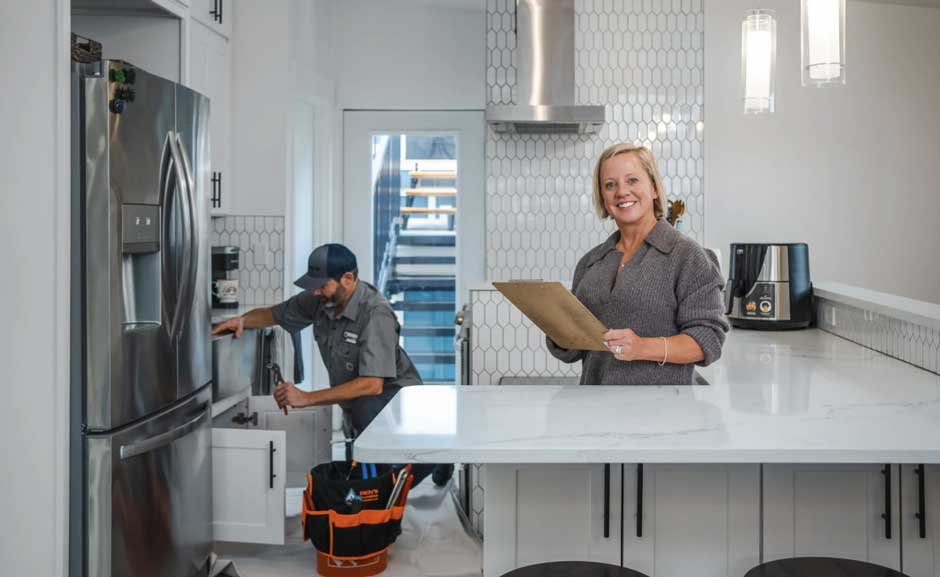Preparing your home ahead of freezing temperatures is crucial to avoiding the risks associated with frozen pipes. When pipes freeze, they can burst, causing significant water damage and expensive repairs. By taking preventative steps and understanding how to address frozen pipes if they occur, you can safeguard both your plumbing system and your property. Ultimately, the best way to prevent frozen pipes is to plan ahead and be proactive.
How to Beat the Freeze
According to Real Property Management Services company, preventing frozen pipes starts with insulation and maintaining a consistent temperature in your home. Here are some practical steps to safeguard your pipes:
• Insulate Pipes: Wrap exposed pipes, especially those in unheated areas like basements, attics, or garages, with foam insulation sleeves or heat tape.
• Seal Cracks and Openings: Check for drafts near pipes, and seal any gaps around windows, doors, or walls to prevent cold air from reaching them.
• Maintain Indoor Temperature: Keep your thermostat set to at least 55°F, even when you’re away from home. This consistent warmth helps prevent freezing.
• Let Faucets Drip: Allowing a trickle of water to flow through faucets can relieve pressure in the pipes, reducing the likelihood of freezing.
• Open Cabinet Doors: Keep cabinet doors open under sinks to allow warm air to circulate around the pipes.
How to Thaw Frozen Pipes
If you suspect your pipes are frozen, act quickly to minimize potential damage:
1. Turn Off the Water Supply: Shut off the main water valve to prevent flooding if the pipe bursts.
2. Locate the Frozen Area: Identify the section of the pipe that is frozen. Feel along the pipe for cold spots or visible frost.
3. Apply Heat: Use a hairdryer, heating pad, or warm towels to thaw the frozen section. Start near the faucet and work your way toward the frozen area. Avoid using open flames, as they can damage the pipe and pose a fire risk.
4. Check for Leaks: Once the pipe is thawed, slowly turn the water back on and check for any leaks or damage.
Space Heaters to Warm a Room
Space heaters can be an effective tool to prevent frozen pipes in unheated or poorly insulated rooms. Use these devices responsibly by following these tips:
• Position Carefully: Place the heater near vulnerable pipes but away from flammable materials.
• Monitor Usage: Never leave space heaters unattended or running overnight.
• Choose the Right Heater: Select a heater with built-in safety features, such as tip-over and overheat protection.
Frozen Pipes 101
Understanding why pipes freeze can help you take steps to prevent it. Pipes freeze when temperatures drop below 32°F, especially if they are uninsulated or exposed to cold air. The freezing water inside the pipe expands, which can cause the pipe to burst and lead to water damage.
By proactively insulating your pipes, maintaining a consistent indoor temperature, and addressing frozen pipes promptly, you can avoid costly repairs and protect your home during the winter months.
Conclusion
Preventing frozen pipes is all about preparation and vigilance. Insulating your pipes, keeping your home warm, and knowing how to thaw frozen pipes are key steps to protect your plumbing system. The best way to prevent frozen pipes is to take action before the cold weather arrives.









